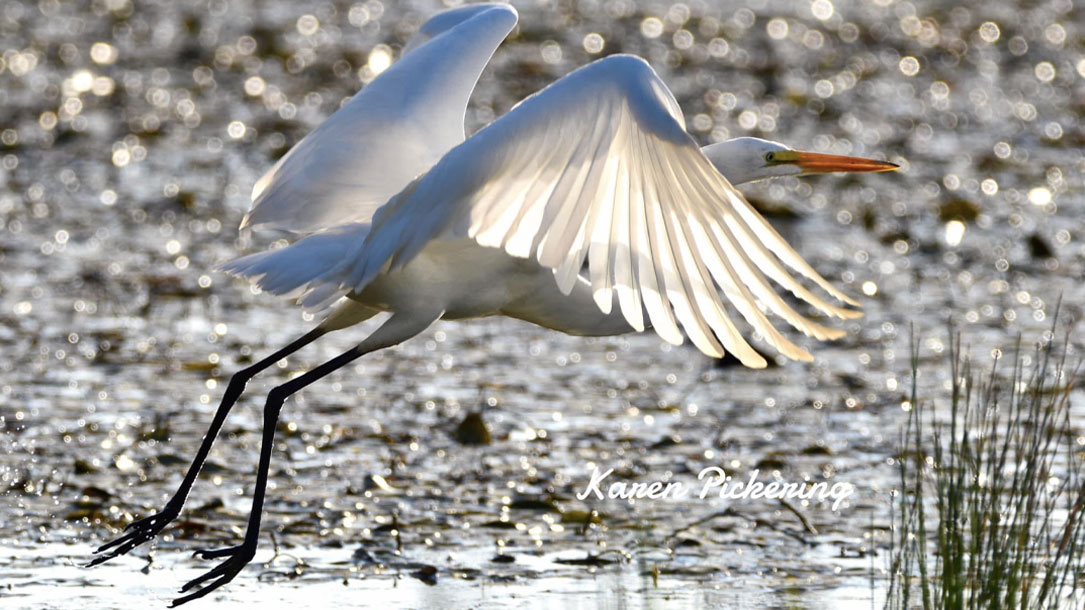
Reflections for land trusts, June 2021
This month’s issue of Land Trusts Taking Action (to slow down climate change) has some inspiring news.
Land trusts love the idea of natural climate solutions, and two videos (below) are talking about the critical nature of forests during this time. I think you’ll find both of them interesting for different reasons.
You’ll see some research documenting how agriculture can become part of the climate solution. American Farmland Trust’s efforts, and that of others, speaks to the opportunity for investing in soil health to reduce climate-warming gases — and to increase farm viability.
Plus, I think you’ll find partnerships with solar companies something to consider. As noted by The Nature Conservancy, natural climate solutions won’t be effective if we don’t transition to clean energy within 10–12 years. The trees, plants, and soils will be too stressed — and increasingly vulnerable to fires, droughts, floods, disease, and invasive insects and fungus.
We, therefore, need to see clean energy as part of our conservation solution and work to authentically find ways to promote it, and not sideline it under the guise of locating it in “appropriate places.” We need to promote dual-use, elevated solar that supports farm viability. You’ll see one such example below, with American Farmland Trust hiring a Solar/Conservation Specialist.
I look forward to hearing how land conservation organizations in your region are working to slow down climate change.

Judy Anderson
Community Consultants
P.S. It would be helpful if you shared on social media and reached out to your representatives to say how much you support the 30 x 30 effort — and to let them know it’s important that they help counter misinformation. American Farmland Trust has a good post you can read here.

Reflections from Judy, June 2021
There are some new studies you might find of interest about natural forest regeneration, climate change impacts on butterflies and birds, and the impact of climate change on moose.
I love moose. They and other wildlife are part of the reason why I work so hard to slow down climate change. Yet the future of moose in this country is looking grim if we don’t work quickly to slow down climate change, and get off fossil fuels.
As noted in a recent article, “moose populations across the northern United States are declining as the climate warms up. You wouldn’t think that a temperature increase of only 1.5 to 2 degrees Fahrenheit would kill a moose, but it appears that it does.”
It’s a challenge, with species at risk all over North America (and the world) — and tension between renewables and land conservation efforts. Yet we have to face reality. We are going to need to promote energy conservation incentives and renewable energy if we are to save the species we all cherish.
That means advocating for dual-use, compatible renewables like wind and solar. Converting healthy forests to solar isn’t ideal — yet keeping forests healthy in an accelerating, changing climate is going to very difficult, to say the least. Increasing the pace of land conservation and renewables will have to happen simultaneously.
It also might mean that you encourage your local and regional conservation groups to support the Citizen Climate Lobby’s work on bipartisan efforts to put a price on carbon pollution…and then talk about why they are doing that.
Together, we can help people understand what is at stake, and how “conservation as usual” and natural climate solutions won’t be nearly enough, nor fast enough, to do the job. As noted below, the “Greens” (who many conservationists don’t see themselves) are now working to find that common ground.
I’m hoping that it includes you, too.

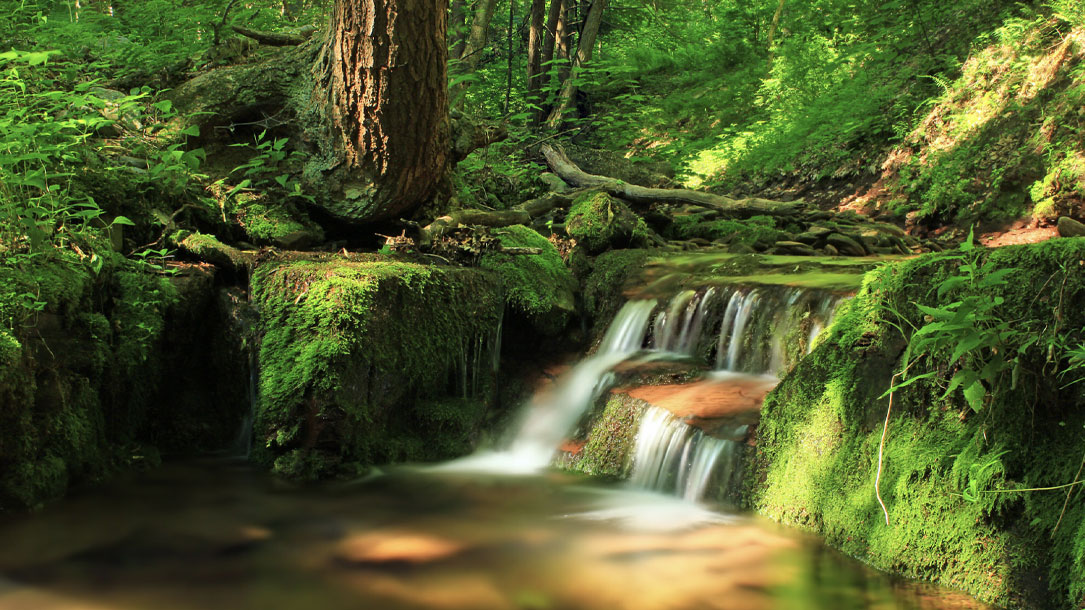
Reflections for land trusts, May 2021
As our country moves forward and away from Covid, we are able to focus on getting together, connecting around land and water, and supporting one another as we re-engage. For many of us, it feels hopeful.
And then there’s the 30 x 30 initiative. That too provides a ray of hope into our collective efforts to conserve what has become even more important to our communities during the pandemic.
The federal funds, should they actually happen, will provide land trusts and communities across the country with more tools to help families, communities, and other nonprofit organizations who care about clean water, access to land, and health and wellbeing.
Urban conservation efforts need to be part of this work — and there are some land trusts who are making sure that happens. I hope your land trust will seek to partner with the cities, villages, and hamlets (and other areas that are more densely settled) to address climate change in creative ways — and in addition to rural and suburban efforts.
The Western Reserve Land Conservancy, Western New York Land Conservancy, and Taos Land Trust are three land trusts helping to do just that.

Judy Anderson
Community Consultants
P.S. It would be helpful if you shared on social media and reached out to your representatives to say how much you support the 30 x 30 effort — and to let them know it’s important that they help counter misinformation. American Farmland Trust has a good post you can read here.

Reflections from Judy, May 2021
I hope this email finds you well. I’m actually out of the office this week but wanted to make sure you still received the climate eNews so you can share it with those who care.
That’s why I hope you’ll join me in embracing the 30 x 30 plan below and advocate for increased energy conservation and compatible renewables.
Natural climate solutions are dependent on us getting off fossil fuels as soon as possible — which is why The Nature Conservancy frames them as providing up to 30% of the solution.
You know, as do I, that natural systems are increasingly stressed. Our communities face extreme weather, year-round. We are going to need more conservation-oriented people to help advocate for renewables at scale, energy conservation incentives, and legislation that invests in the change needed to face reality.
That’s why I’m thankful that together we can move forward and rethink what it means to conserve land and water for generations.

Judy Anderson
Community Consultants

Reflections for land trusts taking action to slow down climate change, April 2021
There’s some momentum building. More and more land trusts are taking action to slow down climate change.
In fact, I found so many examples this time that I’ll be including some in the next issue of Land Trusts Taking Action to Slow Down Climate Change in May. With growing urgency to both slow down climate change, and to diversify the partnerships to make that possible, land trusts can — and should be — a central part of the solution.
As you know, talking about climate change is a major part of this work, and sharing examples related to the challenge and possible solutions, is central to making change.
That’s why I include a variety of stories for you to skim in the hope that you’ll find something that resonates with you. I’ve had several people say they are building on the examples from the eNews including sharing the stories on social media or developing related stories and projects of their own.
Inspiration is leading to action.
I hope the same will be true for increasing the pace of inclusive conservation. If all goes well, I’ll be sending out an eNews in June featuring the community conservation/inclusive conservation work being done by land trusts. You can sign up for that HERE if you’d like.
Thanks for caring and for helping to slow down climate change.
Best,

Judy Anderson
Community Consultants
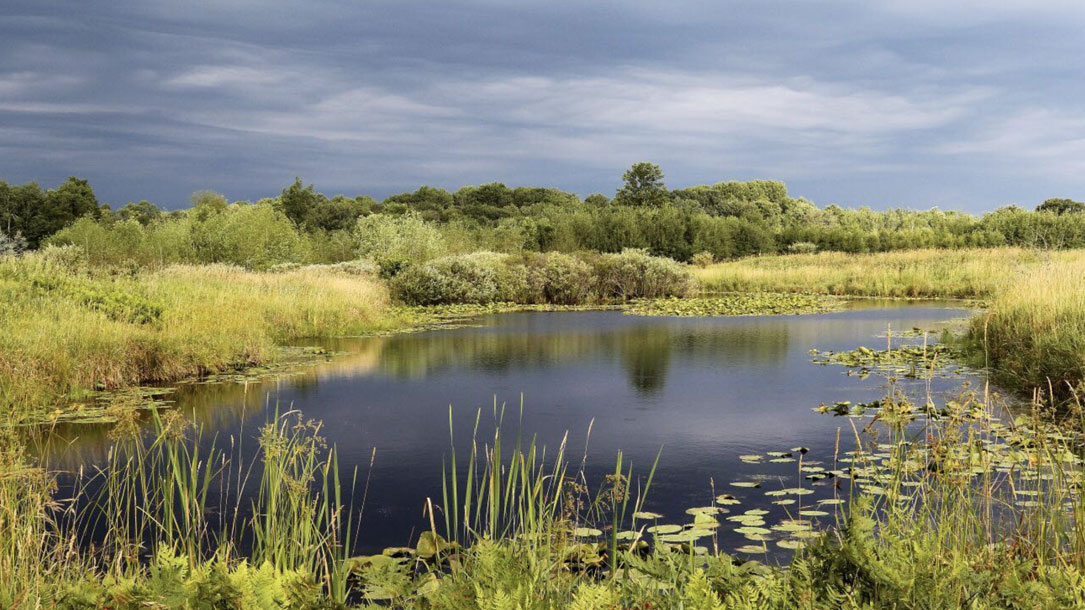
Reflections from Judy, April 2021
There’s some new urgency in our work to slow down climate change.
As noted in a recent article, “The global carbon dioxide emissions spiked to a critical record despite the COVID-19 year. The 421.21 parts per million count from Saturday is a grim milestone for anthropogenic climate change. In roughly 200 years, the amount of CO2 has doubled the amount it took billions of years to accumulate. The amount has never exceeded 420 parts per million until now.”
It’s very clear that while natural climate solutions are critical (for a whole host of reasons), they aren’t going to be enough to keep climate change under control.
To get there we will also need to transition to renewables, ASAP.
That means we, as conservationists and people who care, need to help others understand how renewables, energy conservation, and land protection are part of the climate strategy.
You can do that by sharing examples of wind, solar, and geothermal that are compatible with conservation goals. We can also aid with this by talking about how renewable energy and energy conservation incentives are actually critical to land and water conservation. In short, it’s time for us to realize that this energy work is core to our conservation mission—perhaps as much or more so right now as invasive species.

You don’t have to be an expert in energy work. There are a lot of resources, and, frankly, much of this is based on common sense.
I suggest that we embrace renewables while I understand that there is a desire to approach this in a linear fashion. Yet science is making it clear that we can’t wait to do first one and then the other. This has to happen simultaneously.
To that end, there’s good news.
As you will see in the next issue of Land Trusts Taking Action to Slow Climate Change (I will send it out in two weeks), there are a lot of conservation groups integrating conservation and renewables. To do it well, they are helping people face the challenge and identify the solutions already here. That’s why I share the stories and research articles below. I hope something resonates–and that you share it with others. Change happens one day at a time, by sharing and inspiring others.
Best,

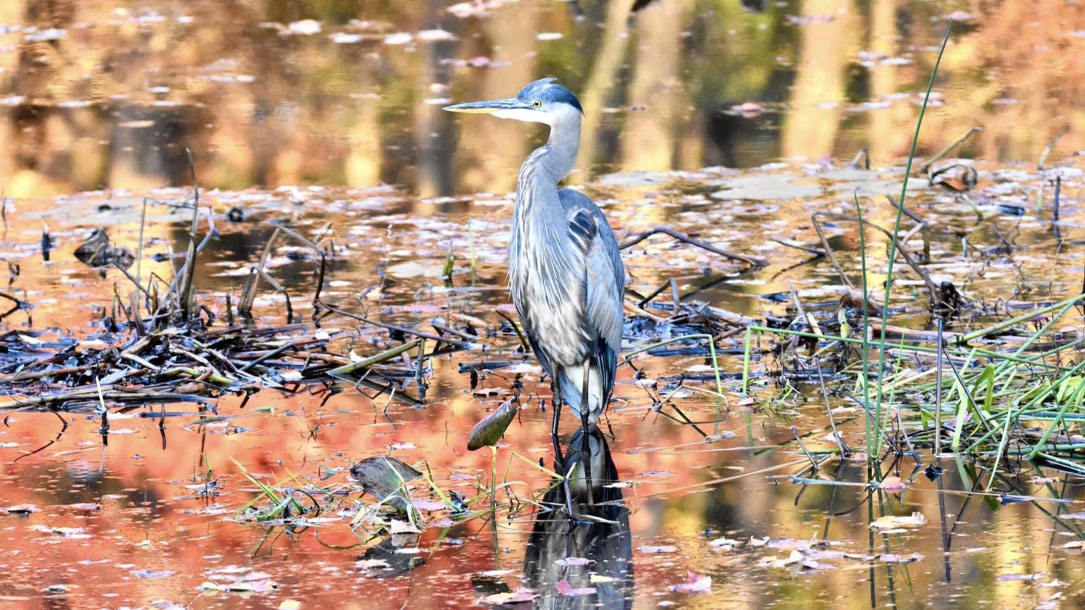
Reflections from Judy, April 2021
I’m feeling like there’s finally some momentum growing to address climate change.
The current administration, as well as numerous states, are integrating climate into a wide variety of strategic planning. Whether transportation, economic development, or land and water, there appears to be a strong and sincere effort to not only ramp up addressing climate change (and the transition to renewables), but in doing so to provide economic and policy support needed to allow communities to adapt to climate change.
And land conservation, land, and water management are increasingly going to be part of the solution.
That’s why we need to gear up and get ready to seize opportunities when they present themselves.
It means thinking in new and integrated ways. For conservation to be part of the fabric of our communities, and to be seen as a viable part of the solution to climate change and community challenges, we can’t think in silos. We must step back, and scale-up.
I say this knowing that everyone is already busy.
Part of expanding our reach and impact comes from not having to reinvent the wheel every time. That’s why I share examples like those below. You can find more on my website. Through policy, communications, innovative responses, funding, land and community restoration, and farmland viability, land trusts and conservation groups are leading the way—and taking action to show that the time to prioritize climate change is now.
Best,

Judy Anderson
Community Consultants
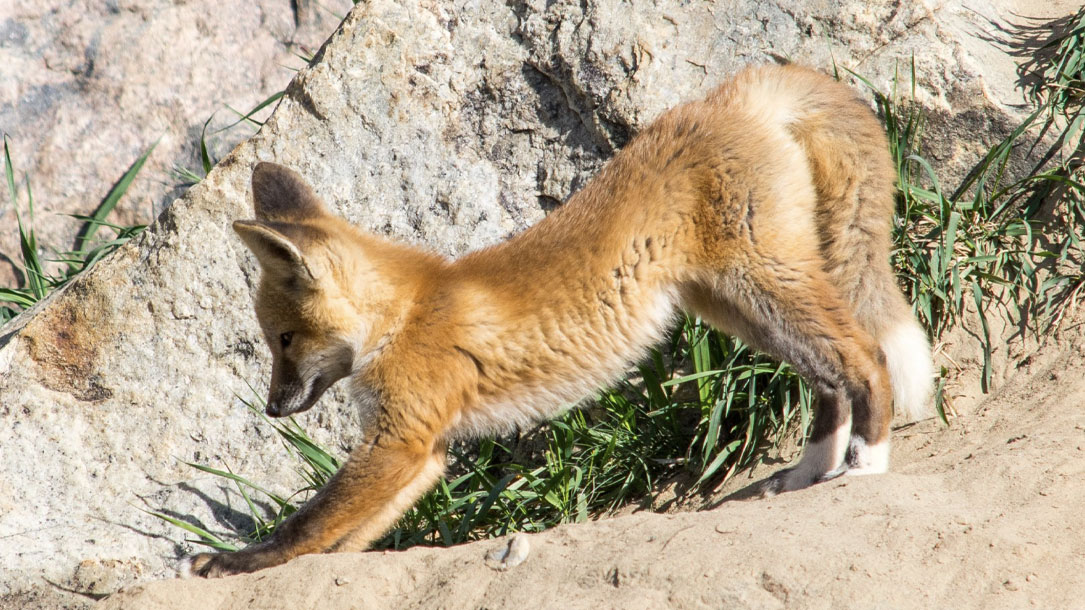
Reflections for land trusts, March 2021
There’s some good news on the climate front.
Did you read that The Nature Conservancy hired Katharine Hayhoe as their Chief Scientist? Dr. Hayhoe will be stepping down as co-director of Texas Tech University’s climate center, but she will still hold an academic appointment while in her new position at the Conservancy. There, she will play a leading role in global climate advocacy; her scientific research has long focused on adaptation and resiliency—two priority areas for The Nature Conservancy.
There’s another piece of good news, in addition to the examples cited below.
It was announced yesterday that 70 bipartisan mayors committed to conserving 30% of U.S. lands by 2030. The mayors represent 29 states and Washington, D.C. Most serve in a nonpartisan or independent office, while 21 are Democrat and four are Republican. Cities represented include Chicago, Miami-Dade County, and Phoenix. The mayors join a number of governors, as well as the Biden administration.
The 30 x 30 initiative is core to what land trusts do. It will also test how well land trusts continue their work on diversity, equity, and inclusion—as well as supporting renewable energy that is compatible with land and water.
I look forward to seeing more examples of how we, as those who care about conservation, can continue to build more bridges and support those most impacted by climate change. To quote Wayne Gretzky, “Skate to where the puck is going, not where it has been.”
Best,

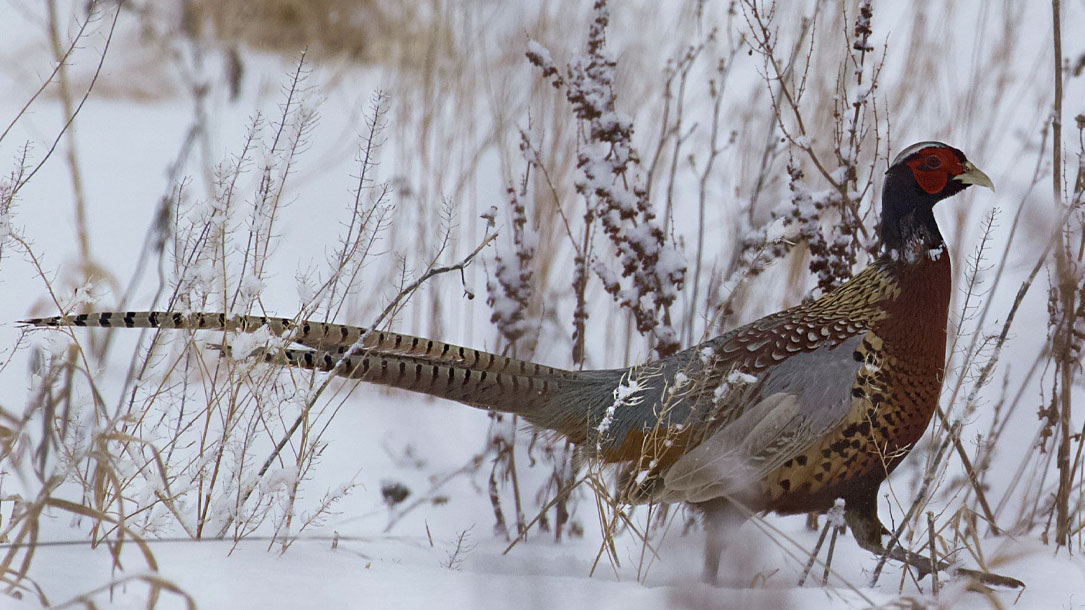
Reflections from Judy, February 2021
I hope you are doing okay given the challenges of this pandemic and the crazy weather we have been experiencing across the country.
There has been a lot of interesting climate research of late, so much that it’s a challenge to narrow down which articles to share with you.
That said, I thought it was important to elevate the research regarding how climate change is impacting the ability of trees to absorb greenhouse gas pollution, as well as good news that there is a growing effort to invest in farms as part of the climate solution.
I also wanted to share that I’m receiving an increasing number of emails from people expressing both concerns about, and sometimes support for, solar and wind. This is likely to continue as we face what many are seeing as a blight on the landscape.
I’m hearing many folks say that rooftop solar, and brownfield solar, should be installed first (before “open land” is used). While that sounds good, it doesn’t address the reality of both the need and the economic circumstances—and frankly, for many farms, the need to add elevated or dual-use solar as part of their economic strategy for farm viability.
If we are going to save the lands, waters, and communities we love, we are going to need to think holistically.
Natural climate solutions, carbon payments, and land management will continue to get a lot of press coverage, too. Continuing to showcase a wide variety of solutions will be important to achieve the climate goals we need in a timely manner. Land trusts and conservation groups are starting to do just that. I’m interested to see what you think.
Best,

Judy Anderson
Community Consultants
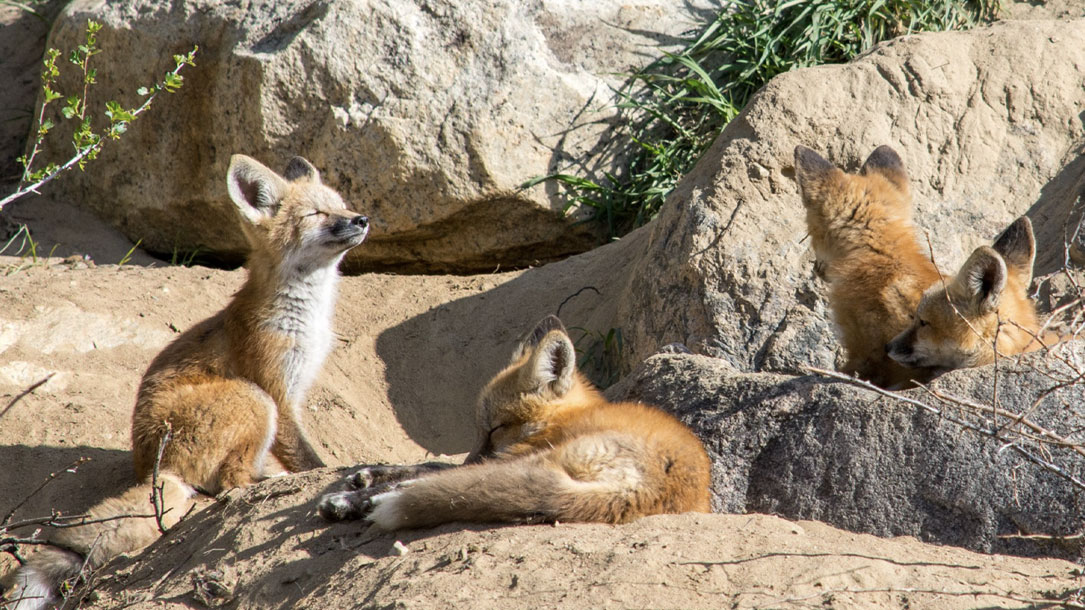
Reflections for land trusts, January 2021
I’m feeling encouraged. Land trusts have been reaching out to me asking how they might play a bigger role in slowing down (mitigating) climate change. It’s a really good sign.
Just five years ago, many land trusts didn’t consider climate change mitigation to be central to their work. Yet, today, it’s a different story.
As you might expect, many are focusing on “natural climate solutions” (using land and water to absorb climate-polluting gases like carbon dioxide, nitrous oxide, and methane). That often means changing land protection and management strategies, drafting easements that allow for carbon payments or off-sets, and rethinking the roles of soil, grasses, and trees as parts of the solution.
But, even more encouraging is how many land trusts are also facing the reality that as locally-based conservation organizations, they need to help their communities understand and embrace compatible renewables. Without a rapid transition away from fossil fuels, the lands and waters we love—and are working so hard to conserve—will face unprecedented peril.
And so too will our communities.
Addressing the impacts of climate change on marginalized communities, community partners, and a diversity of landowners, is critical. The good news is that land trusts already have the tools to do this—it simply requires merging their commitment to inclusive conservation and strategic partnerships with a responsibility to mitigate climate change, and be part of the solution.
I look forward to continuing to share articles that feature this integrated way of thinking; an approach that recognizes the urgency of climate change solutions to match the accelerating climate challenges ahead.

Judy Anderson
Community Consultants












